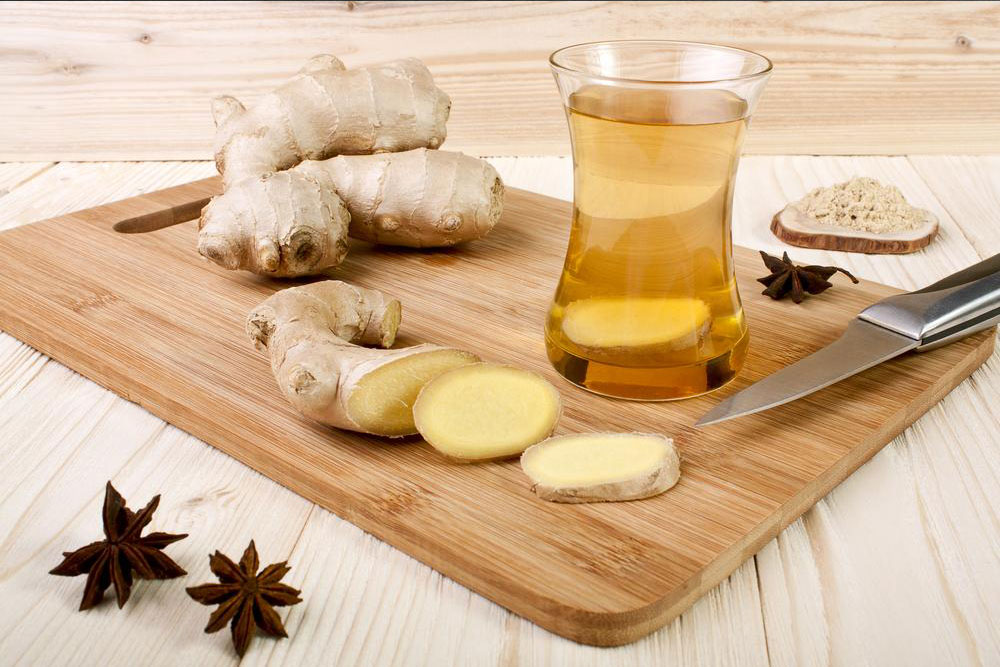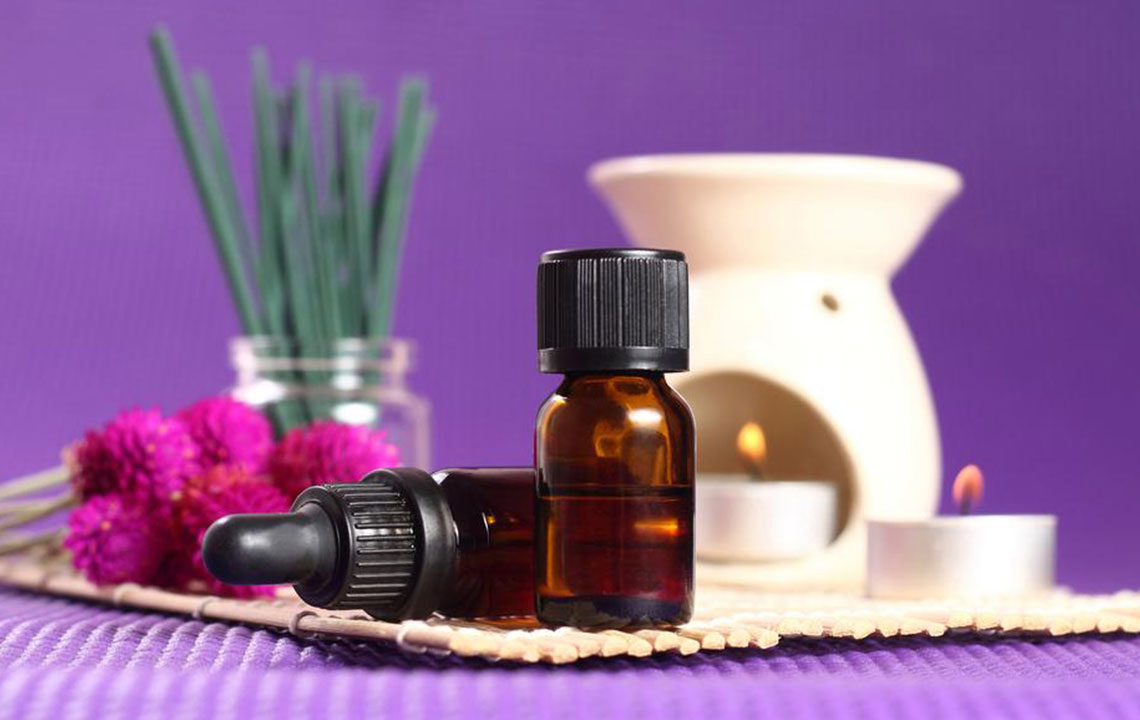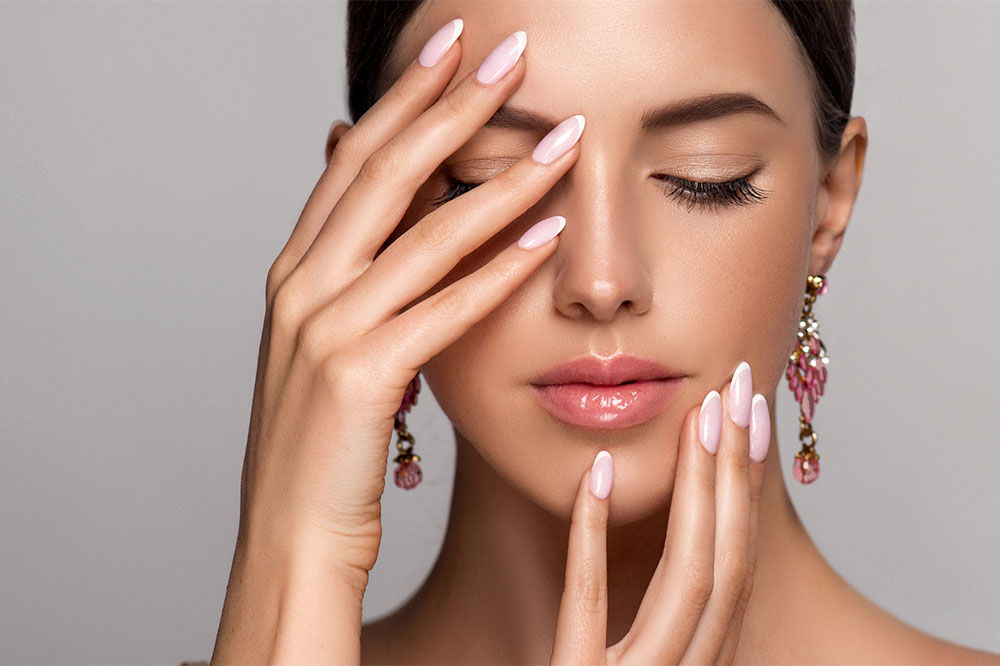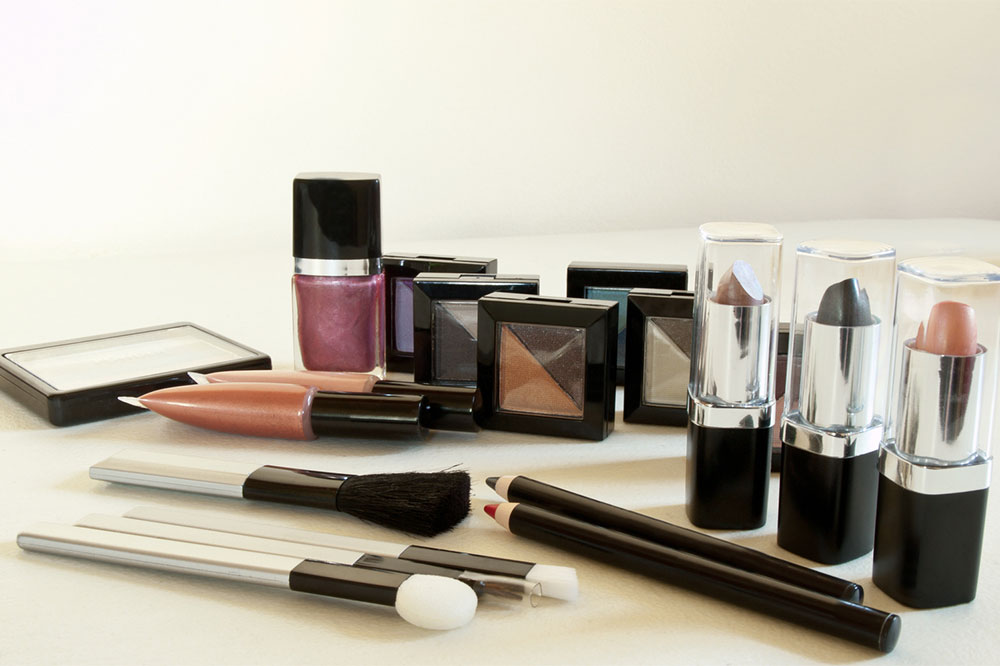A Complete Guide to Fragrance Types and Perfume Creation
Explore the diverse fragrance families and the traditional yet innovative processes behind perfume creation. From natural ingredients to synthetic compounds, learn how perfumers craft scents ranging from floral to woody and spicy. Discover the steps involved in extracting oils, blending, and aging perfumes, as well as their modern applications including aromatherapy. Whether you're seeking a signature scent or interested in perfume history, this comprehensive guide provides valuable insights into the art and science of fragrances.
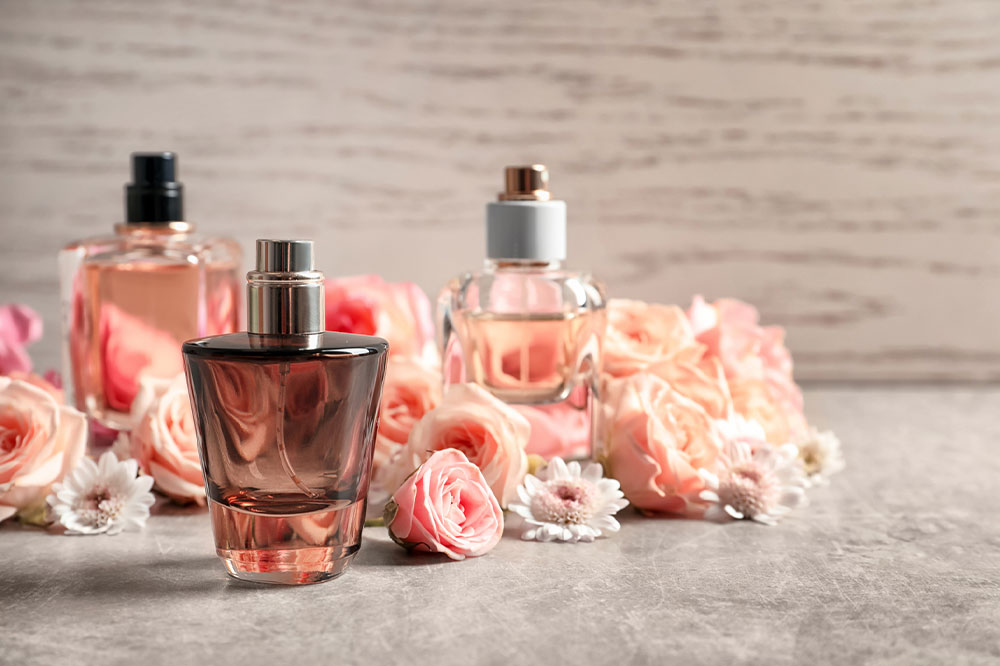
A Complete Guide to Fragrance Types and Perfume Creation
Feeling confident and fresh can lift your mood, boost your self-esteem, and make a lasting impression. Since ancient times, humans have used perfumes to enhance their presence. The earliest perfumery practices date back to Mesopotamia around 2000 BC. Modern perfumes combine natural and synthetic ingredients sourced from plants and animals, creating a diverse array of scents. Understanding fragrance categories helps in choosing the right perfume for you.
Fragrance Categories
Perfumes are classified into various families based on their dominant ingredients and thematic scent profiles.
Common natural sources for fragrances include flowers, fruits, tree bark, seeds, wood, roots, resins, and leaves. Some scents are derived from animals, such as ambergris from sperm whales, musk from Himalayan deer, and honeycomb from bees. The main fragrance families include:
Floral: This popular family uses flower extracts from roses, jasmine, mimosa, narcissus, cassie, and scented geranium to craft perfumes.
Single floral: This involves using the scent of one specific flower.
Flower bouquet:
Combining various flower extracts results in complex, multidimensional fragrances.
Oriental or Amber: These warm, sensual scents blend animal-based and plant-based ingredients like vanilla, ambergris, woods, and musk.
Woody: Scenting from woods such as sandalwood, cedar, patchouli, and vetiver forms this rich family.
Leather: This category features notes of tobacco, honey, and woody tones, evoking a sophisticated aroma.
Citrus: Derived from orange, grapefruit, bergamot, and lemon blossoms, citrus scents evoke freshness and summertime vibes.
Fruity: Fruits like mango, peach, passion fruit, and black currant contribute to this lively, sweet family.
Gourmand: This flavor-inspired family features edible scents with vanilla and tonka bean notes.
Aquatic: Modern, synthetic fragrances that evoke the ocean breeze and marine environments.
Chypre: Classic scents based on oakmoss, bergamot, and labdanum create a balanced, mossy aroma.
Spicy: Using spices like cinnamon, cloves, and nutmeg, this family offers warm, piquant notes close to oriental scents.
How Perfumes Are Crafted
The art of perfume making has remained largely traditional over centuries. The process involves several key steps:
Gathering ingredients: The first step entails sourcing raw materials such as flowers, resins, woods, animal secretions, and spices from worldwide locations, sometimes requiring importation. Natural and synthetic components are both used.
Extracting oils: Various methods are employed to obtain aromatic oils:
Expression: Pressing plant parts to release oils, typically used for citrus peels.
Steam distillation: Passing steam through plant material to vaporize and then condense the oils.
Solvent extraction: Using chemicals like benzene to dissolve oils from delicate flowers.
Enfleurage: Placing flowers on greased surfaces to absorb fragrance, then extracting the oils.
Maceration: Soaking plant materials in fats to absorb scent molecules.
Blending: Perfumers expertly combine different essential oils based on a prescribed formula, sometimes using hundreds of ingredients, to craft a unique scent. Oil concentration varies: colognes (3–5%), perfumes (10–20%).
Aging: Many perfumes are aged over months or years to refine their complexity and depth.
Modern uses of perfumes extend beyond scent, including aromatherapy for stress relief, wound treatment, and mood enhancement. For example, lavender alleviates anxiety, while lemon boosts energy and freshness in cleaning products.
Note:
The content is intended for informational purposes, compiled from reputable research. It is not a substitute for professional advice. The authors and website disclaim responsibility for inaccuracies or differences across platforms. Readers are encouraged to explore further for personalized guidance.

